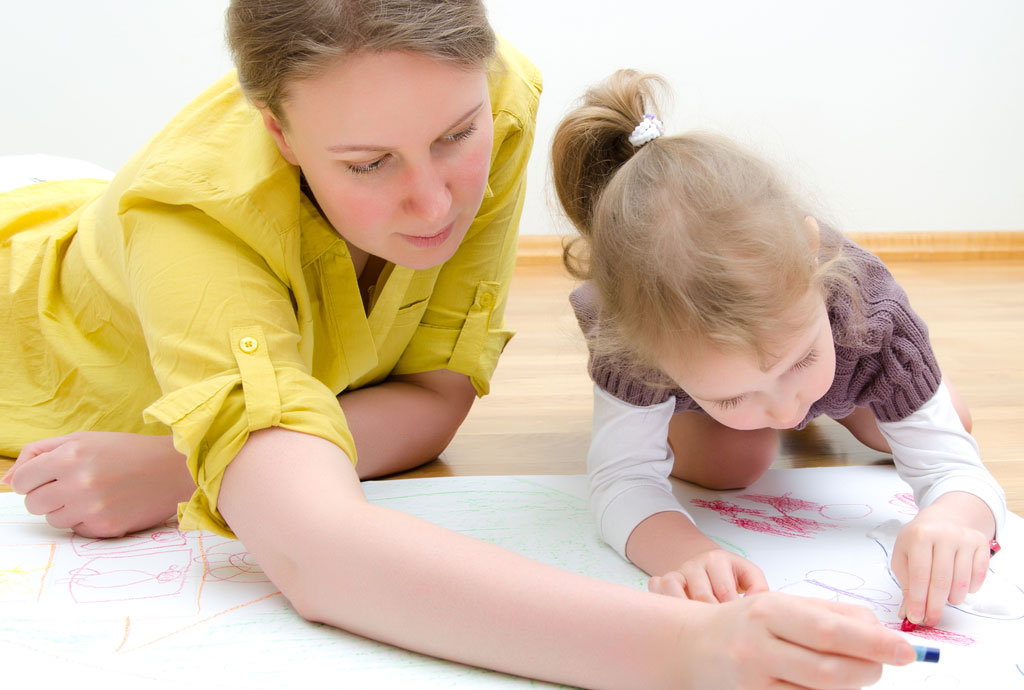Here you will find Typical Social Communication Development milestones as well as 5 goals for Toddlers on the Autism Spectrum as referenced through the Hanen Centre (www.hanen.org).
Typical Social Communication Development:
- By 2 months kids prefer to look at eyes
- By 4 months they smile when smiled at
- By 8-10 months they respond to their name
- By 9 months there are back and forth smiles, sounds and gestures.
Early signs of Autism – that set apart from other Developmental Delay…
- There is an atypical exploration of toys (They are creative but limiting)
- There is reduced social communication
- There is reduced shared positive emotion
- There are repetitive motor behaviors (its considered “normal” before 2nd birthday, but atypical after)
Top 5 goals for Toddlers with ASD:
- Enjoy social interaction
- This paves the wave for other goals.
- Strategies: 1) follow the child’s lead: include, imitate, and intrude and 2) play people games and songs
- Understand and use non-verbal communication (especially gestures)
- Follow the child’s lead: The Four “I” way: include, interpret, imitate and intrude. When interpreting your child, say it the way they would say it if they could….at THEIR linguistic level.
- Treat what the toddler does as if its intentional. Be face to face – at their level even if that means being on the floor.
- Interpret with words (expressive) AND gestures (receptive). Ex. Cookie! (and point)
- Give the child a reason to communicate – and wait. (expressive)
- Pay attention to people’s faces and words
- Be face to face – at THEIR level.
- See your child’s interests and allow them to see your face.
- Say LESS and STRESS (emphasize certain words)
- Go SLOW and SHOW (be cognizant to sound natural, despite pauses).
- Repeat often!
- **The more often a child repeats an action/activity, the more likely they will repeat that skill.
- Help the child initiate
- Imitate the child and have the child imitate YOU.
- Use a mirror for imitation – this way they see both themselves and YOU.
- Kids learn better by watching themselves rather than others.
- Copy what your child does and add something new, if he doesn’t copy, then add a cue.
- Copy what your child does…observe their sounds, facial movements, body movements, and actions with objects.
- Once an interaction is established add something new: an action, a gesture/body movement, a sound. Always include the child’s interests. (must be within reason re: the child. Know what the child is capable of).
- Respond to bids for Joint Attention
- This is the ability to coordinate joint attention between people and objects.
- In order to get your child to pay attention: get close to your child, say their name, show the object and name the activity, start playing, Say “look” and point!
- You may also playfully “intrude”.
- Give the child a reason to look (put things out of reach, in unexpected places, and be creatively stupid)
- Draw the child’s attention to a toy or object with “Attentional cues” – look, point, verbal marker.
A special thanks to Hanen Centre for providing the milestones and goals as referenced in this blog post. Parents can find out more information about programs and workshops online at hanen.org.
Robyn Drothler and Brook Todd are both speech therapists with separate companies. Connect and learn more.
Robyn Drothler www.advantagespeech.com 404-784-1252 [email protected]
#AdvantageSpeech on FB, Twitter, and Instagram.
Brook Todd www.childrenstherapygroup.net 678-858-4777 [email protected]
Children’s Therapy Group on Facebook

